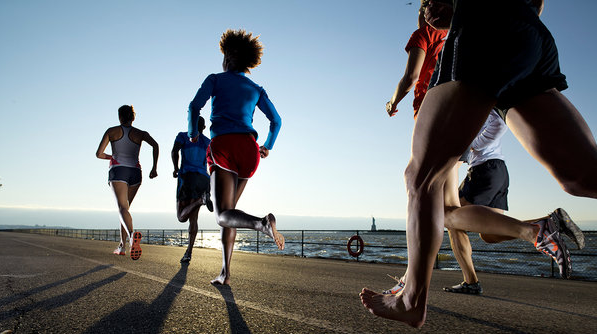 Chances are that you have seen or heard of barefoot running – it is all the latest craze in running circles, and if the number of people wandering around in those funky looking toe shoes are any indication, CrossFit is far from immune to this “craze”.
Chances are that you have seen or heard of barefoot running – it is all the latest craze in running circles, and if the number of people wandering around in those funky looking toe shoes are any indication, CrossFit is far from immune to this “craze”.
And lets face it, with supporters of barefoot running claiming that it is a more natural way of running, it is a trend that is right up CrossFit’s functional/primal/paleo alley. As a physio I have to admit I’m a little wary of ‘fads’; so my first question is what does the science and research say about the issue?
The short answer is not very much. Australian Dr Craig Richards conducted a search of all the available research and literature aiming to locate any research that had been done to show the benefits of wearing running shoes. There was none. This comes on top of studies that have shown no identifiable difference in the comfort of runners wearing cheap vs expensive shoes (indicating that all the ‘technology’ that goes into making fancy sport shoes may not be worth much).
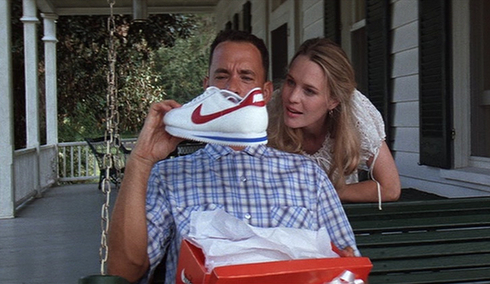 There has also been no change found in running injury rates for runners who are prescribed shoes based on arch height and pronation when compared with those in a generic shoe. And despite all the technological advances and other claims of shoe producers, no real change in percentage rates of running injuries since the running boom of the 1970’s (where it all began – both the rise in popularity of running, and unsurprisingly the simultaneous explosion of the running shoe industry).
There has also been no change found in running injury rates for runners who are prescribed shoes based on arch height and pronation when compared with those in a generic shoe. And despite all the technological advances and other claims of shoe producers, no real change in percentage rates of running injuries since the running boom of the 1970’s (where it all began – both the rise in popularity of running, and unsurprisingly the simultaneous explosion of the running shoe industry).
This brings us to what we do know. There has been extensive research conducted into the bio-mechanics of the running stride, both with and without shoes; and there are major differences between the two. Runners in shoes generally land on the ground heel first. This is because with a stable highly cushioned shoe, it is more comfortable, feels more stable and supported, and is easier on the muscles of the foot, ankle and calf.
Barefoot runners on the other hand tend to land on the middle or front of their foot (mid foot or forefoot strike). This is closer to the gait pattern normally observed in sprinting. As we speed up, we tend to strike the ground further forward on our feet. Other recent research into this has found that runners who habitually run barefoot (this means they have been doing it for a long time) have lower impact forces and loading at point of impact with the ground, which leads to a hypothesis that running barefoot may reduce injury rates.
Brilliant! Let’s all throw out our expensive running shoes, and commune with nature through our bare toes! Before we do, it is important to remember that this research was done on those who normally run shoe-less, and have been doing so for a long time, and there is as yet no hard evidence that injury rates are actually lower- however the preliminary findings do seem promising.
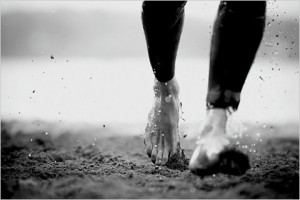 If you are thinking of making a change, remember that when running without shoes, you are asking the muscles to do all the cushioning and stability work that was previously performed by your shoes. This takes time and training (just like you didn’t deadlift 100kg on your first session in the gym).
If you are thinking of making a change, remember that when running without shoes, you are asking the muscles to do all the cushioning and stability work that was previously performed by your shoes. This takes time and training (just like you didn’t deadlift 100kg on your first session in the gym).
The conversion should be done gradually otherwise you will most definitely get injured. In fact there are two studies that have been done on runners who are transitioning from shoes to bare feet, and in both instances significantly higher rates of injury were found amongst the transitioning runners (up to six months post initiating the change, so its not a quick process) than runners in shoes.
So what’s the bottom line? The jury is still out. Based on best available current evidence neither bare feet, nor flashy feature packed shoes can claim to be the magic injury bullet. Stay tuned, in my next article I will look at the pros and cons of a forefoot strike running gait pattern, and help you decide wether it is worth making the switch…
You can part 2 of Jess’s article here






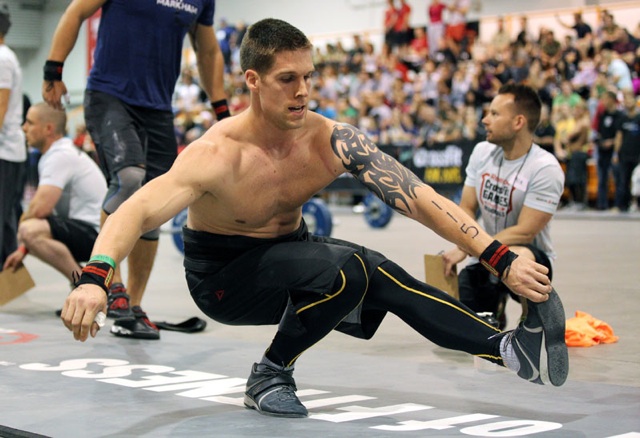


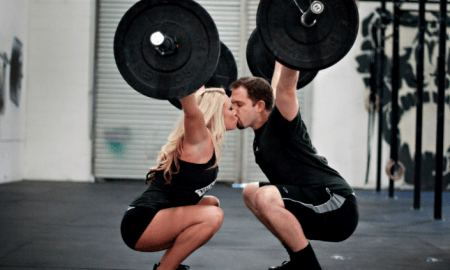

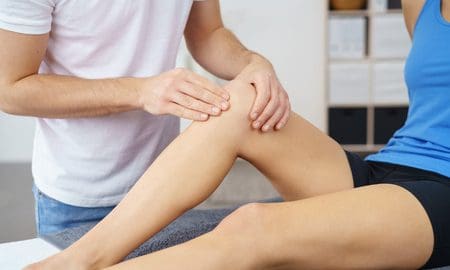


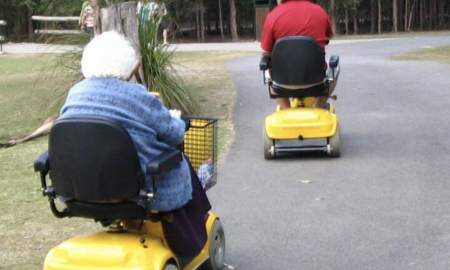



Follow Us